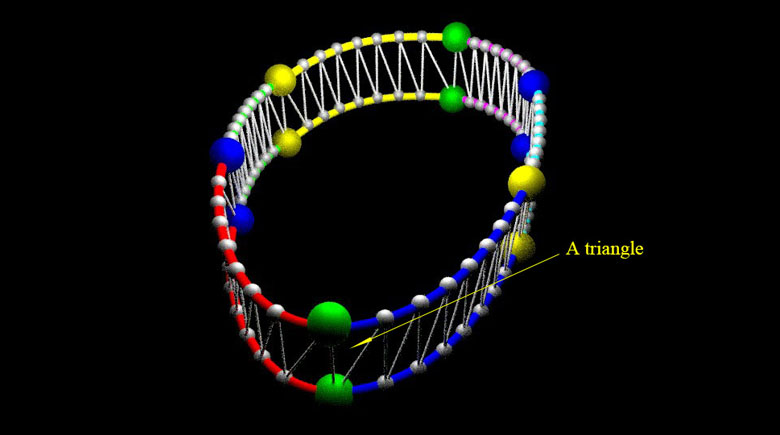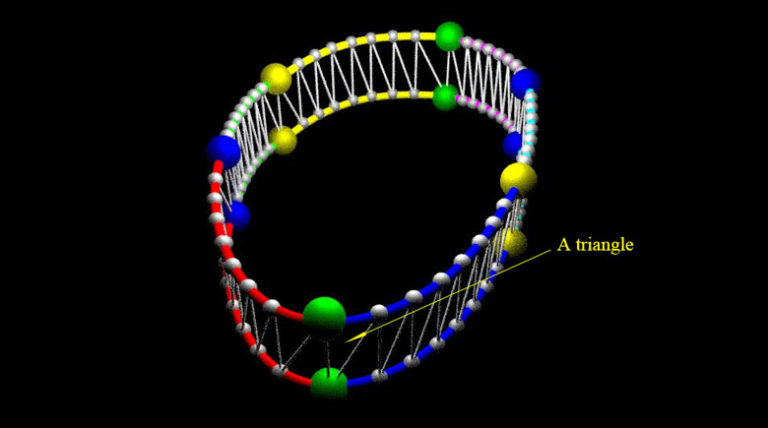
One important index to assess left ventricular diastolic function is the quantitative measurement of atrioventricular junction (AVJ) motion in one cardiac cycle including systole and diastole. The best way to perform the measurement is to use a software tool that can conduct AVJ motion tracking from cine cardiovascular magnetic resonance (CMR) images. In this paper, a software tool for this purpose is presented by using the insight segmentation and registration toolkit (ITK), the visualization toolkit (VTK), and Qt. We propose a surface area-based tracking approach in the software tool. In the tracking approach to obtain the surface area swept by six points being tracked, we manually select six points from four-, three- and two-chamber views of CMR images. After that, we reconstruct the 3-D coordinates of the six points from image acquisition parameters extracted from DICOM files. We perform interpolation by using parametric cubic curve fitting techniques. From the curve fitting results, we finally obtain the surface areas for all time points in one cardiac cycle. The software tool has been successfully implemented. The functionality include single point-based tracking, surface area-based tracking by using 6 tracked points, generation of displacement, sweep surface area and velocity, and generation of tracking movies. From the software engineering practice, it is concluded that ITK, VTK, and Qt are very handy software systems to implement automatic image analysis functions for CMR images, such as quantitative measure of motion by visual tracking. The software tool provides a convenient and efficient way to measure AVJ motion and extends the scope of methods for ventricular function assessment.

